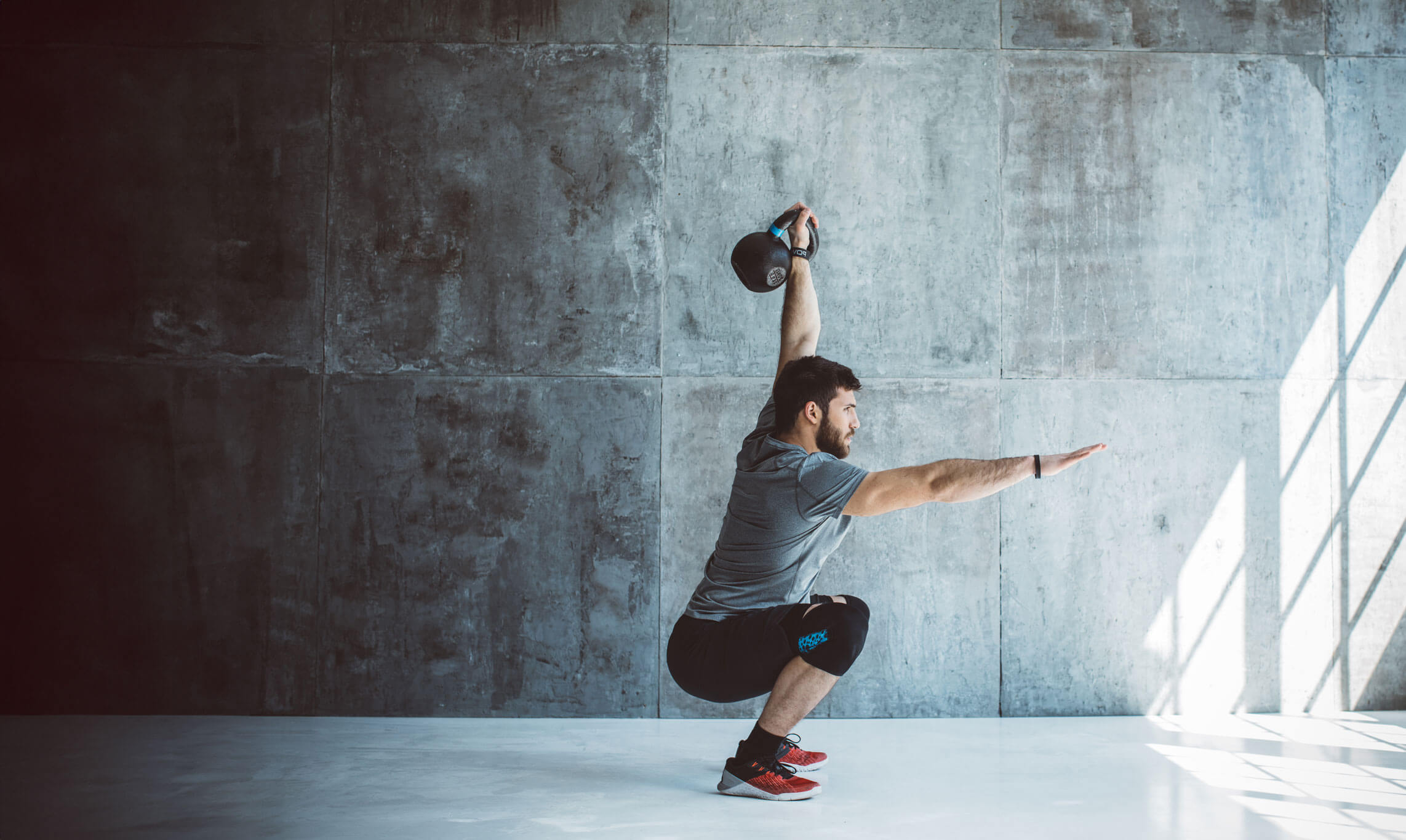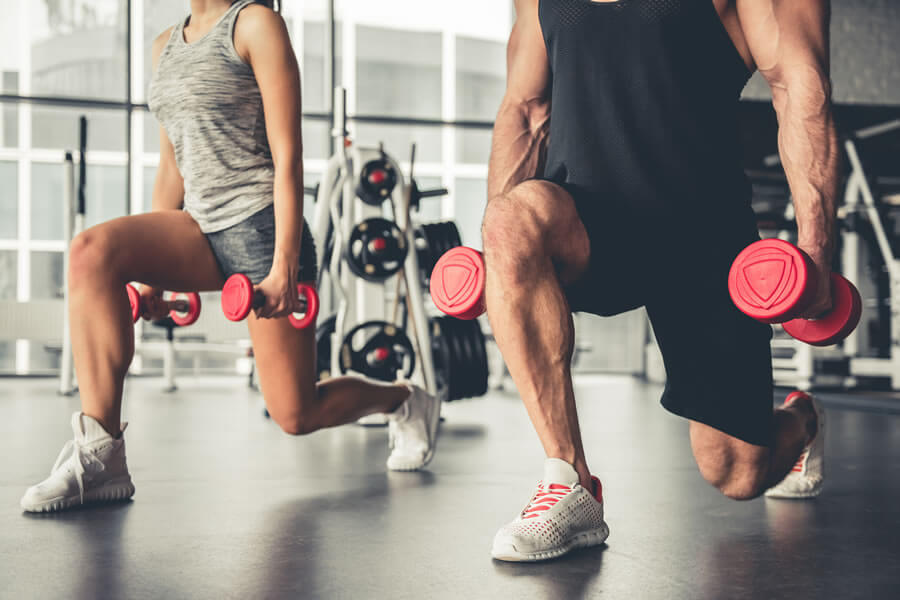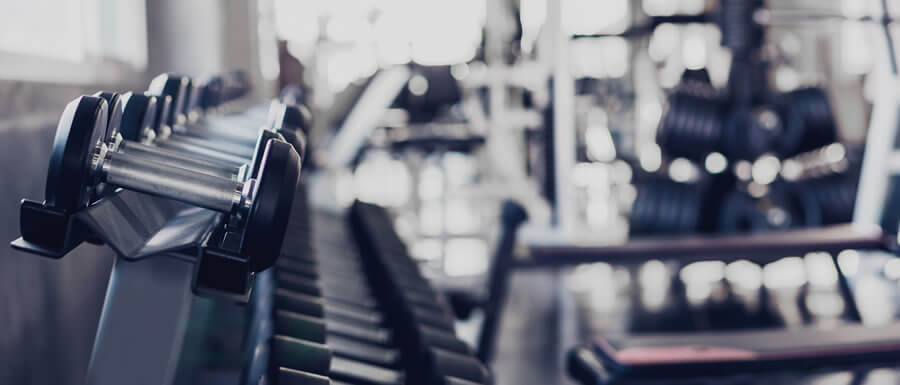
Intro
As a personal trainer, I have seen firsthand the transformative effects that front squats can have on individuals seeking to build lower body strength, enhance athleticism, and achieve a well-rounded physique. This compound exercise, where the barbell is positioned in front of the shoulders, targets the quadriceps, glutes, and core muscles in a unique and effective way. In this post, we will delve into the incredible benefits of front squats from a personal trainer’s point of view.
-
Quadriceps Dominance and Lower Body Strength:
Front squats are renowned for their ability to develop quadriceps strength and size. With the barbell resting on the front of the shoulders, the quadriceps muscles are heavily engaged throughout the movement. This emphasis on the quads helps build a solid foundation of lower body strength, which is essential for athletic performance, functional movements, and overall physical prowess.
-
Core Stability and Balance:
Front squats require exceptional core stability and balance. The anterior position of the barbell places a significant demand on the muscles of the core to maintain an upright posture throughout the exercise. By incorporating front squats into your training routine, you strengthen not only your lower body but also the muscles surrounding your spine and abdomen, leading to improved posture, reduced risk of lower back pain, and enhanced overall stability.
-
Enhanced Mobility and Flexibility:
Front squats necessitate adequate mobility and flexibility in the hips, ankles, and thoracic spine. Regular practice of this exercise can help improve your range of motion in these areas, enabling you to perform various exercises and daily activities with greater ease. Enhanced mobility and flexibility contribute to better overall movement patterns, reduced risk of injuries, and improved athletic performance.
-
Improved Squatting Technique:
Front squats can serve as a valuable tool to improve your overall squatting technique. The placement of the barbell in front of the body encourages an upright torso position, proper knee tracking, and a deeper squat depth. By mastering the front squat, you develop better squat mechanics, which can transfer to other squat variations, such as back squats or overhead squats, enhancing your overall lower body strength and minimizing the risk of injuries.
-
Functional Carryover and Real-Life Applications:
Front squats mimic movements that we encounter in our daily lives, such as picking up heavy objects from the ground or lifting children. By training with front squats, you improve your ability to handle these real-life tasks safely and efficiently. The functional carryover of front squats extends beyond the gym, allowing you to perform physical activities with confidence and reducing the risk of strains or injuries.
-
Increased Caloric Expenditure and Fat Loss:
Front squats, like any compound exercise, require a significant amount of energy and engage multiple muscle groups simultaneously. The intense muscular effort involved in front squats results in a higher caloric expenditure during and after the workout, contributing to fat loss and improved body composition. Incorporating front squats into your fitness routine can help you achieve a leaner, more sculpted physique while increasing your overall strength and power.
-
Mental Toughness and Discipline:
Front squats can be mentally challenging, requiring focus, concentration, and mental toughness to push through the discomfort and fatigue. As a personal trainer, I’ve witnessed the transformative impact of front squats on an individual’s mental strength and discipline. By setting goals, embracing the discomfort, and pushing beyond limits, front squats foster mental resilience, determination, and a sense of empowerment that can extend to other areas of life.
Conclusion:
As a personal trainer, I wholeheartedly recommend incorporating front squats into your training routine.



